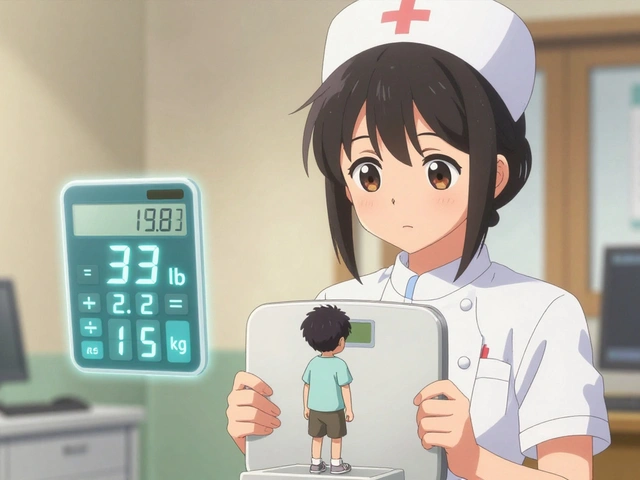Prostate Medication: What You Need to Know
If you’ve been told you have an enlarged prostate or BPH, the first thing you’ll hear is ‘medication can help.’ That’s true, but the world of prostate drugs can feel confusing. Below you’ll get the basics: which pills are most common, what they do, and how to decide what fits your life.
Common Prostate Drugs and How They Work
Most men start with one of two drug families. Alpha‑blockers (like tamsulosin, alfuzosin, and silodosin) relax the muscle fibers around the prostate and bladder neck. This makes it easier to start and keep a urine stream flowing. You’ll often feel relief within a few days, but the effect stops when you stop the pill.
The second group is 5‑alpha‑reductase inhibitors (finasteride and dutasteride). These shrink the prostate over time by blocking the hormone that makes it grow. It can take three to six months to notice a real change, but the benefit sticks around as long as you stay on the medication.
Some doctors combine both types for a stronger effect, especially if symptoms are moderate to severe. The combo can reduce urinary urgency, nighttime trips, and the need for surgery.
Side effects are usually mild. Alpha‑blockers may cause a quick drop in blood pressure, leading to dizziness when you stand up. 5‑alpha‑reductase inhibitors can affect sexual function—think lower libido or erectile changes. Talk with your doctor right away if anything feels off.
Choosing the Right Treatment for You
The best drug for you depends on three things: how bad your symptoms are, the size of your prostate, and any other health issues you have. If your prostate is only a little enlarged and you just want quick relief, an alpha‑blocker is often the first pick. If the gland is large and your symptoms have been building for years, a 5‑alpha‑reductase inhibitor may be worth the wait.
Don’t forget lifestyle tweaks. Cutting back on caffeine and alcohol, staying active, and timing bathroom trips can make meds work even better. Also, keep an eye on your PSA numbers—some prostate drugs can lower PSA, which matters if your doctor is checking for cancer.
When you start a new prescription, schedule a follow‑up after a month. That gives your doctor a chance to see how you’re responding and adjust the dose if needed. If side effects bother you, ask about switching to a different pill in the same class or trying a lower dose.
Remember, medication isn’t the only path. If drugs don’t give enough relief, minimally invasive procedures or surgery are options. But most men find a pill regimen works well enough to avoid the hassle of an operation.
Bottom line: prostate medication can dramatically improve quality of life when you pick the right one, stick to the dosing schedule, and stay in touch with your healthcare provider. Keep these points in mind, ask questions, and you’ll be on the road to smoother days and better sleep.
Struggling with prostate symptoms and not sure if Tamsulosin is the best fit? This article breaks down eight solid alternatives, comparing how they stack up on effectiveness, side effects, costs, and convenience. From single medications to combination pills, every option gets an honest look so you can talk confidently with your doctor. You'll get straightforward pros and cons and tips on what might work best for you. Stay in control of your treatment decisions and know all your choices with this easy-to-follow guide.
Continue reading





